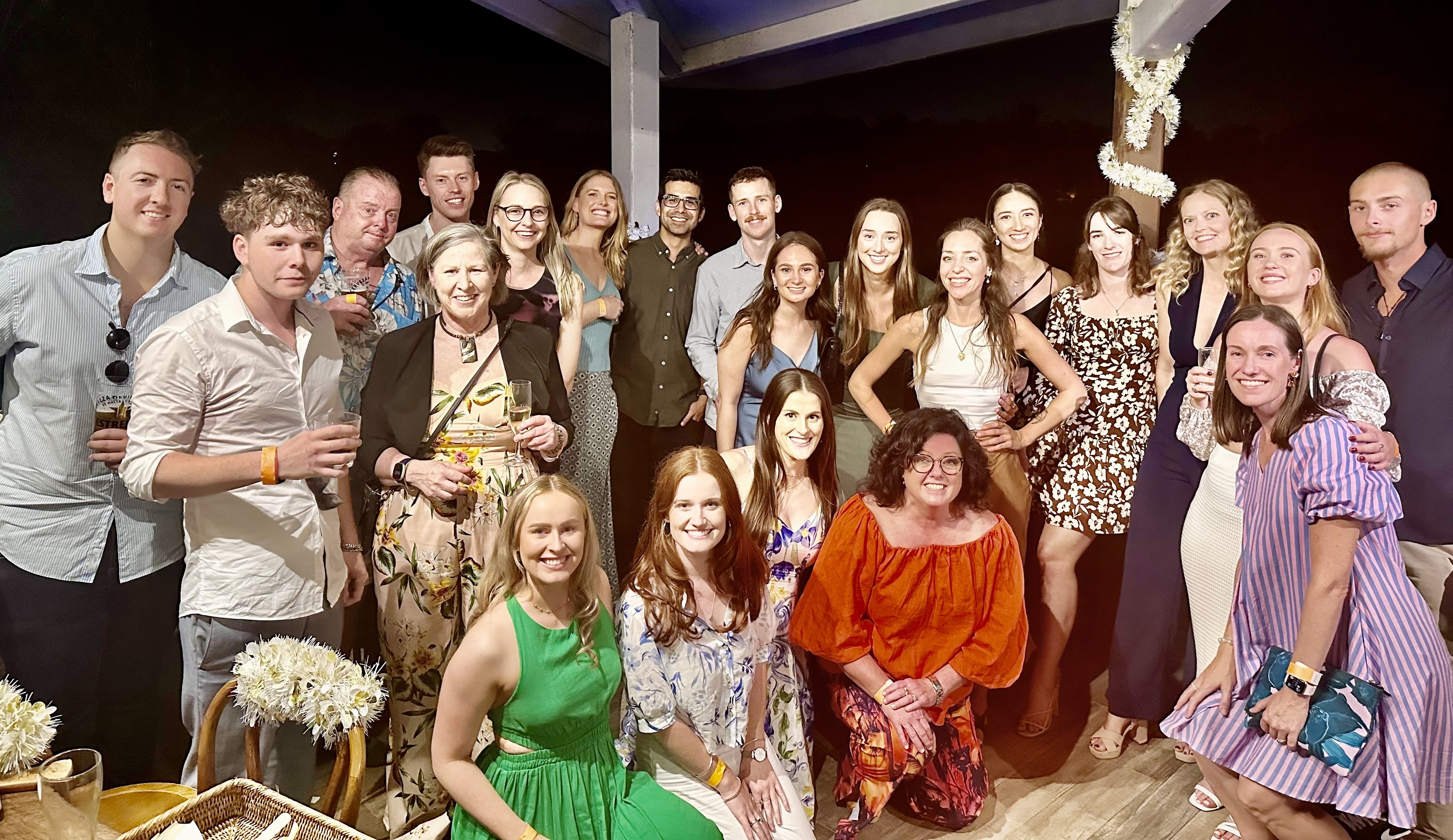November news and offers 2018
Editorial
This month we are focusing on hips. As the joint that transmits forces from the leg to the pelvis, the hip is a strong and resilient joint
that has large range of motion and big powerful muscles supporting it. Underlying the big muscles such as the gluts are smaller stabilizing
muscles that can get right and weak and cause pain in the joint and surrounding soft tissues. Hips are also susceptible to osteoarthritIs. Managing hip dysfunction by improving
range, strength, endurance and balance is one of the things we can help with. From the athlete with hip pain to the older client with
arthritis we have tools and advice to help you manage hip pain and avoid unnecessary surgery and pain.
and cause pain in the joint and surrounding soft tissues. Hips are also susceptible to osteoarthritIs. Managing hip dysfunction by improving
range, strength, endurance and balance is one of the things we can help with. From the athlete with hip pain to the older client with
arthritis we have tools and advice to help you manage hip pain and avoid unnecessary surgery and pain.
We have some fabulous special on offer this month as well—a great 1/2 price mini start up pilates pack, a 1/2 price physio pack with Veronica and some preggie pilates and Mums and bubs packs also on sale. So no excuse to not get moving this month. Have a great November !
Jules
HIP HIP HOORAY - LET'S TALK ABOUT HIPS
THE RUNNING HIP
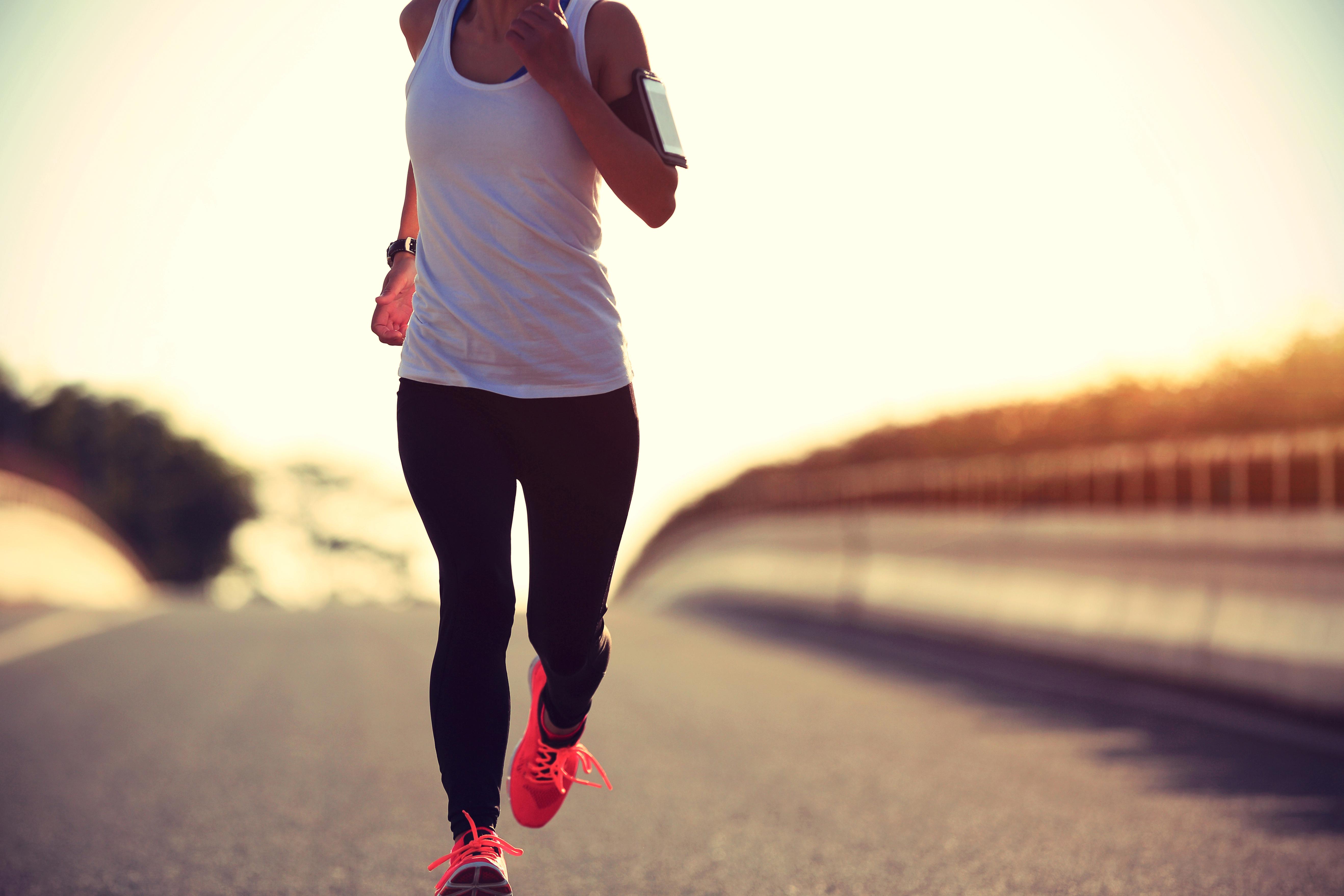 Pounding the pavement for kilometre after kilometre can take its toll on the body. Many runners experience aches and pains due to overuse
which can negatively impact their training and performance. The most common type of hip related injury in runners is a strain or
tendinopathy of the hip flexor muscles, which is located at the front of the hip and is responsible for bringing the thigh forwards during
gait. Pain located at the front of the hip or in the groin may be suggestive of a hip flexor injury.
Pounding the pavement for kilometre after kilometre can take its toll on the body. Many runners experience aches and pains due to overuse
which can negatively impact their training and performance. The most common type of hip related injury in runners is a strain or
tendinopathy of the hip flexor muscles, which is located at the front of the hip and is responsible for bringing the thigh forwards during
gait. Pain located at the front of the hip or in the groin may be suggestive of a hip flexor injury.
Strains of the hip flexors during running often occur due to backward slippage of the foot (as when running on a slippery surface); while tendinopathies are an overuse injury due to repetitive strain on the tendon (where the muscle attaches to the bone). Changes to training schedules such as increased dis- tance, speed work or hill training can be one of the main causes of tendon injuries.
Biomechanical issues and running technique may also be causing your hip flexor muscles to shorten and over- work, putting them under more strain than necessary, increasing your risk of injury. A running assessment by a qualified physiotherapist can identify any gait patterns that may be contributing to hip pain. Tweaks to your running style, along with specific drills and a tailored program that progressively loads the hip can help manage your condition and reduce symptoms, al- lowing you to continue to achieve your running goals.
Hip Dysplasia: What is it?
 Hip dysplasia is a condition where the hip socket is insufficiently deep enough to cover the ball of the hip joint adequately. This can
unfortunately lead to the hip slipping out of its joint, becoming dislocated. Hip dysplasia is usually a congenital abnormality that people
are born with. Nowa- days, all newborn babies are screened for the condition shortly after birth, typically by midwives, paediatricians and
child health nurses. If hip dysplasia is suspected in a new- born, then the condition is usually conservatively treated with bracing for up
to about four months. The brace will hold the ball of the hip in the socket, allowing time for further bony development to deepen the
socket and for ligaments responsible for stabilising the joint to strengthen.
Hip dysplasia is a condition where the hip socket is insufficiently deep enough to cover the ball of the hip joint adequately. This can
unfortunately lead to the hip slipping out of its joint, becoming dislocated. Hip dysplasia is usually a congenital abnormality that people
are born with. Nowa- days, all newborn babies are screened for the condition shortly after birth, typically by midwives, paediatricians and
child health nurses. If hip dysplasia is suspected in a new- born, then the condition is usually conservatively treated with bracing for up
to about four months. The brace will hold the ball of the hip in the socket, allowing time for further bony development to deepen the
socket and for ligaments responsible for stabilising the joint to strengthen.
Occasionally, when the condition is mild, it can be missed at birth. Consequently trouble may not present itself until ado- lescents or even adulthood. Hip dysplasia can damage the cartilage lining the joint and lead to early onset of arthritis. In instances where recurrent dislocations are occurring, a surgical procedure may be warranted.
Healthy Hips Day is on the 2nd of November and aims to increase awareness and improve detection of hip dysplasia.
Hip Osteoarthritis
 Arthritis is an umbrella term that refers to joint inflammation. There are over 100 types of arthritis, with one of the most common being
osteoarthritis (OA). OA can affect any joint in the body, however the hip is particularly susceptible due to its load bearing nature, and
is in fact the most common type of arthritis that affects this joint. Joints are lined with articular cartilage that covers the
surfaces. Healthy articular cartilage allows the joints to glide smoothly and painlessly over each other and also helps distribute any
shock that is not absorbed by musculature.
Arthritis is an umbrella term that refers to joint inflammation. There are over 100 types of arthritis, with one of the most common being
osteoarthritis (OA). OA can affect any joint in the body, however the hip is particularly susceptible due to its load bearing nature, and
is in fact the most common type of arthritis that affects this joint. Joints are lined with articular cartilage that covers the
surfaces. Healthy articular cartilage allows the joints to glide smoothly and painlessly over each other and also helps distribute any
shock that is not absorbed by musculature.
Pain in your hip, groin, buttock or thigh area may be indicative of hip OA. It may be an ache or sharp in nature and is often exacerbated by walking, climbing stairs, standing from a chair, squatting and getting out of bed in the morning.
Treatment for hip OA is varied and may include medication to manage pain or even surgery in more advanced cases. Some of the best treat-
ment however involves weight loss and exercise. This aims to de-load the joint, taking pressure of already stressed structures. Exercises
are targeted at maintaining hip mobility, flexibility and strengthening surounding musculature. By engaging in a specifically tailored
exercise program, targeting the hip joint, many people can reduce medication reliance and delay, or even prevent, the need for surgery.
Keeping your Hips Happy: The Best Stretches for your Hips
Our hips provide a connection between our torso (spine and pelvis) and lower limb. It is a weight bearing joint whose main function is to provide support during both static (i.e. stand- ing) and dynamic (i.e. walking/running) pos- tures. Many muscles attach to and around the hip joint. Tightness in any (or many) or these muscles can lead to pain, pathology and gen- eral dysfunction. Keep your hips happy with these easy stretches:
Glutes
Laying with the front knee bent and leg in front, stretch the opposite leg out behind you. Rest on your palms, forearms (pictured) or with your head down on the mat. Wiggle your hips side to side to intensify the stretch.
Adductors
With hands on hips, stand in a wide stance. Lunge to one side, straightening the opposite knee. Take most of your body weight through the bent
Hip Flexors
Kneeling, step one foot forwards. Press pelvis forwards and squeeze bottom to maximize the stretch. Hold the back foot, as shown in the picture to incorporate more quadriceps in the stretch.
Glutes, low back, adductors
Sitting cross legged, slide both hands out in front with the palms flat down on the floor. Maintain a neutral neck position and hold. Then repeat the stretch with the legs crossed over the way.
October at Revive in Pictures
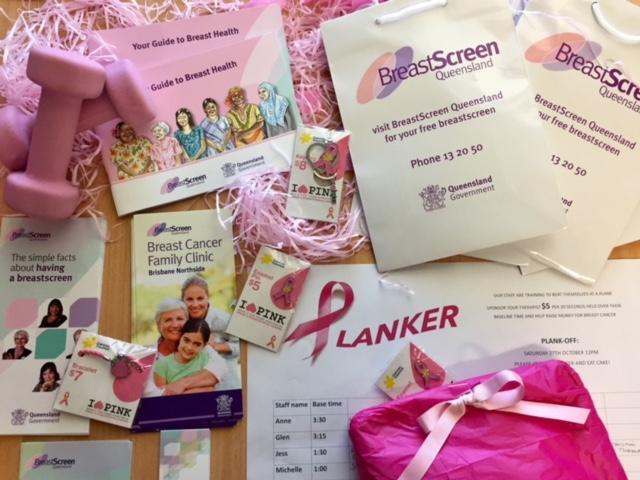
October saw us plank- ing to raise money for breast cancer. Jenny was our longest holder at 8 minutes with Glen
coming in second. Well done Jen! We are on target to raise $500
MS Moonlight Walk

On October 6th, Jen, Lisa and Glen (along with his fur baby Susan) attended the MS Moon- light walk through South Brisbane, raising
money and awareness for Multiple Sclerosis.
Professional Development and Training


Our staff have had a busy month! Renee attended a two day running work- shop in Melbourne and presented to the physios about key
biomechanics and injury prevention techniques. Staff have also been busy working their core with both TRX and FlowIn thanks to Glen. We’ve
learnt about the relationship between diet and inflammation from our nutritionist Taryn, while Brooke presented on osteoporosis.
Osteoarthritis Management Program
 GLA:D, or Good Life with Arthritis: Denmark is a 6 week education and exercise program for people living with symptoms of hip or knee
osteoarthritis. Participants on average are gaining 34% improvement in symptoms and many are avoiding surgery. We are happy to announce that
we will are one of the first Queensland clinics to be running the GLA:D program, kick-starting this month! Please see reception for details
of how to join and for more information.
GLA:D, or Good Life with Arthritis: Denmark is a 6 week education and exercise program for people living with symptoms of hip or knee
osteoarthritis. Participants on average are gaining 34% improvement in symptoms and many are avoiding surgery. We are happy to announce that
we will are one of the first Queensland clinics to be running the GLA:D program, kick-starting this month! Please see reception for details
of how to join and for more information.
Running Assessments

Our 60 minute running assessment consists of a functional screening to review any areas of pain, restrictions or weakness.
Includes a video analysis of your run- ning, strength and power testing, a targeted exercise program, and a plan for how to progress with your running.
Don’t run away from the challenge! Run towards it!

Pre and Post natal Pilates and Massage Packs
10 matwork Classes (preggie pilates and Mums and bubs)
Plus a 1 hour massage
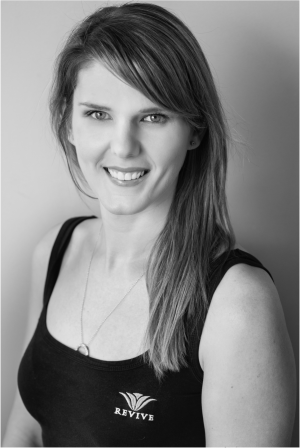 Physio
pack
Physio
pack
$280 (save $48)
Have a niggle? Feeling a bit sore? Good news!
We are offering an initial plus two follow up sessions with our senior physiotherapist Veronica for the month of November.
Don’t miss out on this wonderful opportunity. Speak to reception to book your appointment today.
$147.50 (save $147.50)
Also claimable on your health fund

Half Price Pilates Mini equipment start up pack
Initial assessment and pro- gram with a physiotherapist
2 1:1 one hour sessions
3 group sessions
$247 (save $247)
terms and conditions apply to all packs and specials / offers valid until 30th November
.svg)
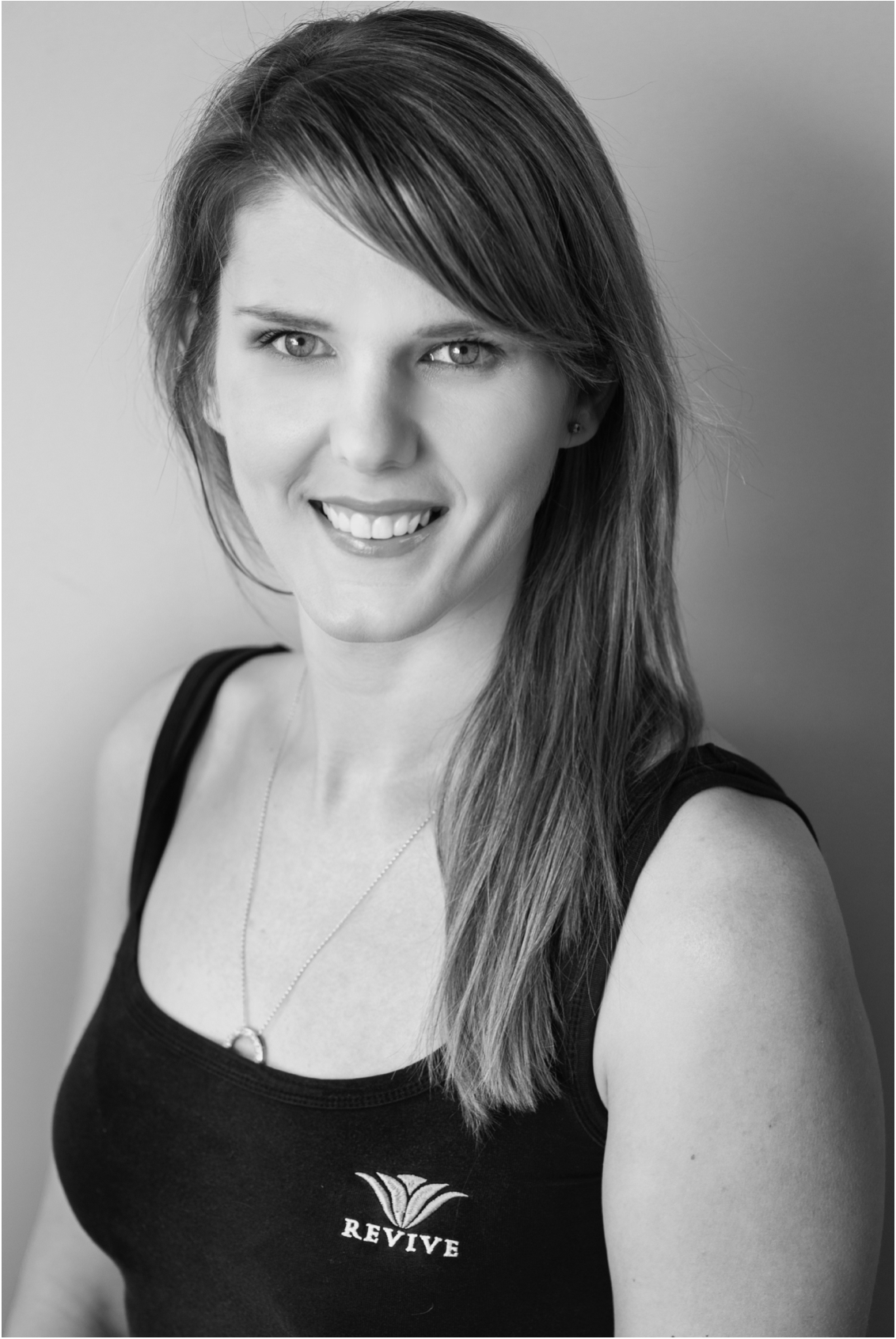 Physio
pack
Physio
pack
.jpg)


